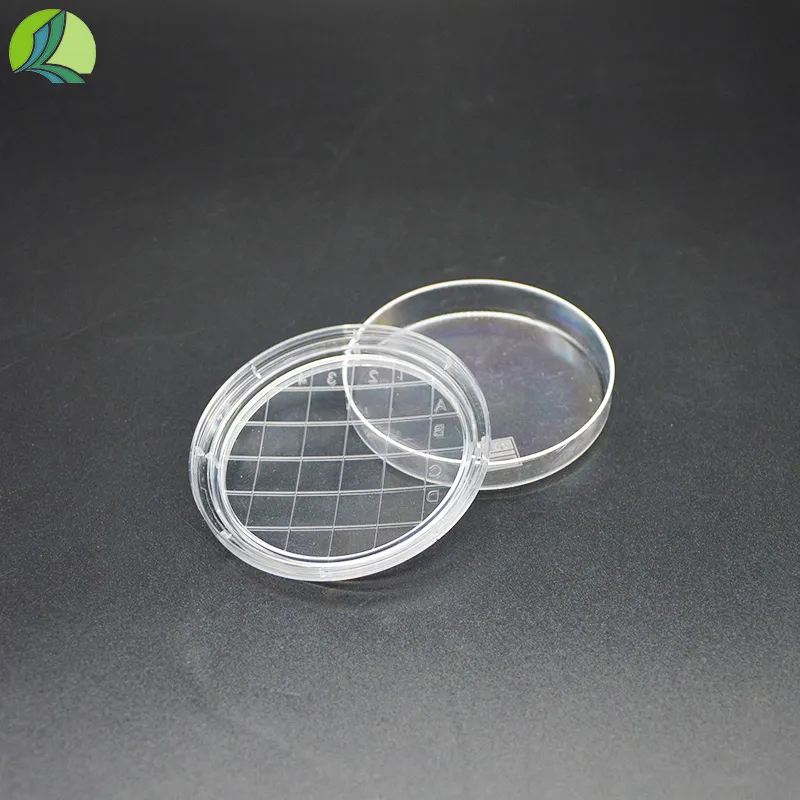Liquid Medicine Container for Safe Storage and Easy Dispensing of Medications
The Importance of Liquid Medication Bottles in Healthcare
In the realm of healthcare, liquid medication bottles play a crucial role in ensuring that patients receive the appropriate dosage of their medications. These bottles not only serve as effective containers for various liquid formulations but also embody a range of features that enhance safety, usability, and compliance with medical guidelines.
One of the most significant advantages of using liquid medications is their ability to deliver precise doses. Unlike solid medications, which can vary in effectiveness based on individual metabolism or the specific conditions of the gastrointestinal tract, liquid medications allow for more accurate titration. This precision is especially important for patients who may require individualized dosing, such as children or those with chronic conditions. Liquid medication bottles often come equipped with dosing syringes or cups, which enable caregivers to measure the exact amount required, thereby minimizing the risk of underdosing or overdosing.
Another important aspect of liquid medication bottles is their design, which has been developed with user-friendliness in mind. Many liquid medication bottles feature child-resistant caps, ensuring that young children cannot easily gain access to potentially harmful substances. Additionally, many manufacturers are now focusing on ergonomics, creating bottles that are easier to hold and manipulate, particularly for elderly patients or individuals with limited hand strength. Some bottles even have built-in pour spouts to facilitate accurate dosing and reduce spills, which can be a concern when administering medication.
liquid medication bottle

The labeling on liquid medication bottles is also critical for safe administration. Labels must be clear, legible, and include essential information such as the medication name, concentration, expiration date, and specific instructions for use. Furthermore, many bottles are now designed to incorporate braille for visually impaired patients, thereby enhancing safety and accessibility. Ensuring that patients and caregivers can easily understand and follow the dosing instructions is paramount for effective treatment.
Another significant aspect of liquid medication is its application in various therapeutic contexts. For instance, some patients may find it difficult to swallow pills due to health conditions, anxiety, or other psychological factors. Liquid formulations can provide an alternative that is more palatable and easier to ingest. Additionally, many liquid medications are formulated with added flavors to improve taste, making adherence to treatment regimens more likely.
Moreover, the development of advanced liquid medication formulations has seen a surge in innovations, such as suspensions and emulsions that improve the solubility and absorption of active pharmaceutical ingredients. These innovations allow for a wider range of therapies to be available in liquid form, thus widening the treatment options for patients with specific needs.
In conclusion, liquid medication bottles are more than mere containers; they are integral to effective patient care. Their design, functional features, and innovations enhance medication safety, compliance, and therapeutic efficacy. As the healthcare landscape continues to evolve, the role of liquid medications—and the bottles that hold them—will remain pivotal in ensuring that patients receive the best possible care. The focus on user-friendliness, accessibility, and precise dosing reflects the ongoing commitment to improving patient outcomes and enhancing the overall healthcare experience.
-
Aesthetic Makeup Spray Bottles | Fine Mist Empty RefillableNewsAug.19,2025
-
White Plastic Veterinary Vaccine Vials | Lab Liquid BottlesNewsAug.18,2025
-
Plastic Medicine Liquid Bottle: Secure Flip Top Drug VialsNewsAug.17,2025
-
Durable 250ml Blue Plastic Vaccine Vial for Lab & Vet UseNewsAug.16,2025
-
Sterile Virus Sample Tubes: Secure & Reliable Specimen CollectionNewsAug.15,2025
-
White 250ml Plastic Vaccine Vial for Lab & Vet MedicineNewsAug.14,2025
























